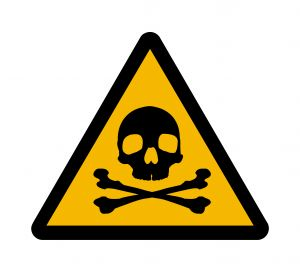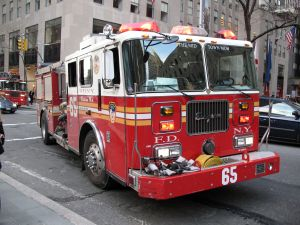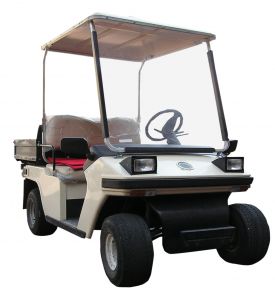When America met the car, it fell in love. Over the years, this love affair has turned into dependence. Americans rely on their cars more with each passing decade. The U.S. Department of Transportation reports that the nation’s highways saw an estimated 2.8 trillion vehicle-miles during 2000, a nearly four-fold increase since 1960. We trust in our vehicles, assuming they are built with safety foremost in the manufacturer’s mind. Automobile recalls are evidence that sometimes this trust is misplaced. When defective cars lead to injury or death in Northern California, our San Francisco defective vehicle lawyer is ready to help. These cases lie at the intersection of product defect and automobile injury law, and they require an understanding of the recall system, all areas expertise offered at The Brod Firm.
Three Million Vehicles Recalled for Air Bag Defect
 Airbags began to hit the commercial vehicle market in the late 1980s and, in the ensuing decades, we’ve come to consider them a standard safety feature. This week, however, The San Francisco Chronicle reported that more than three million vehicles from Toyota, Nissan, and Honda are being recalled due to an air bag defect that could cause the passenger side inflator to burst and send plastic pieces flying in the vehicle. Recalled vehicles from the three manufacturers are believed to be in countries across the globe including North America, Europe, Japan, Latin America, and Africa. Overall, the recall includes an estimated 1.7 million Toyota vehicles, 1.1 million Honda’s, and 480,000 vehicles from Nissan. Other automobile companies may also be involved in the recall.
Airbags began to hit the commercial vehicle market in the late 1980s and, in the ensuing decades, we’ve come to consider them a standard safety feature. This week, however, The San Francisco Chronicle reported that more than three million vehicles from Toyota, Nissan, and Honda are being recalled due to an air bag defect that could cause the passenger side inflator to burst and send plastic pieces flying in the vehicle. Recalled vehicles from the three manufacturers are believed to be in countries across the globe including North America, Europe, Japan, Latin America, and Africa. Overall, the recall includes an estimated 1.7 million Toyota vehicles, 1.1 million Honda’s, and 480,000 vehicles from Nissan. Other automobile companies may also be involved in the recall.
 San Francisco Injury Lawyer Blog
San Francisco Injury Lawyer Blog


 According to a report in
According to a report in  We have all been caught between wanting to keep your home free from pests while also wanting to ensure the methods used will not harm our family. The companies that manufacture animal poison (including
We have all been caught between wanting to keep your home free from pests while also wanting to ensure the methods used will not harm our family. The companies that manufacture animal poison (including  A newborn baby is precious. Any parent will tell you that watching an infant grow with each day is nothing short of miraculous. An honest parent will also admit that caring for a newborn is hard work. There are countless products intended to help parents care for their babies. Unfortunately, our San Francisco product liability law firm knows that far too many of these products are unsafe and that dangerous baby products can lead to injury or even death.
A newborn baby is precious. Any parent will tell you that watching an infant grow with each day is nothing short of miraculous. An honest parent will also admit that caring for a newborn is hard work. There are countless products intended to help parents care for their babies. Unfortunately, our San Francisco product liability law firm knows that far too many of these products are unsafe and that dangerous baby products can lead to injury or even death.
 Home Fires: Statistics & Causes
Home Fires: Statistics & Causes
 For many, after the Thanksgiving feast is eaten and the dishes cleared, the shopping begins. Parents and grandparents, including many of the members of our San Francisco injury law firm, search for the perfect gift to bring a smile to a child’s face and provide hours of fun in the year to come. While fun (and good deals!) is crucial, shoppers should also keep
For many, after the Thanksgiving feast is eaten and the dishes cleared, the shopping begins. Parents and grandparents, including many of the members of our San Francisco injury law firm, search for the perfect gift to bring a smile to a child’s face and provide hours of fun in the year to come. While fun (and good deals!) is crucial, shoppers should also keep  Golf Cart Accidents: Safety & Stats
Golf Cart Accidents: Safety & Stats